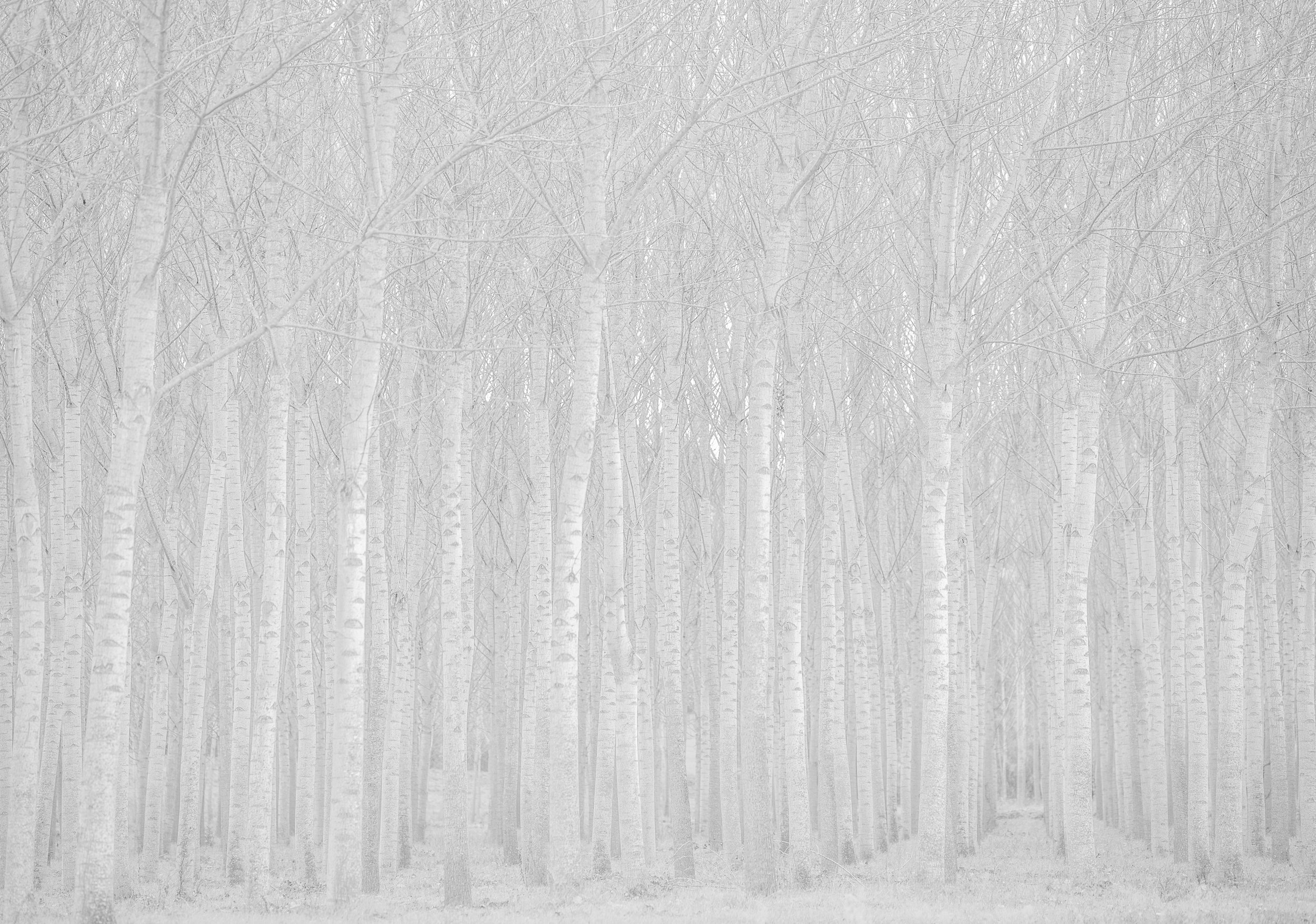Technique
“Is it a painting or photography?” a recent client asked. “This is as close as I get to painting, I wish I could paint,” I replied. That is where the conversation often starts. I smiled. Dragging the shutter (speed often below 1/8 second) is not a new but a very effective technique introducing some movement on parts or all of the image. Sometimes the camera is mounted and other times the intention comes in through lateral sweeps of my hands. Minimal retouching is done in post-production.
All images are captured in raw and very large files to be enlarged … even the garage door. We are happy to offer advice on what works best for each image regardless of the size and shape.
For example, a New York City client wanted her prints to be “leaners”. What is that? Leaners are like album covers to cycle through depending on your mood. My client placed these framed images on her bedroom floor so they leaned against her wall. One day the ocean was visible in the front, and the following week she chose a landscape scene with late fall colors.
Process
Ideally, we discuss your preferences and then schedule an initial appointment at your home or office. There we will measure and look at a few prints in your preferred location. This is an excellent place to start.
Success is found by initially producing a model print in the desired finish. For example, you can choose a museum glass with a floating Hahnemühle Fine Art Baryta print, an acrylic face-mounted di-bond print that is extremely sturdy but lightweight, or an aluminum-framed backing.
Clean lines. Together we will choose what looks best.
Hint: Often museum glass and archival prints are very heavy if printed over 5’. Custom framers most often will not produce them over 5’ because the excessive weight is difficult to transport and unsafe to hang. The best solution is either the acrylic face-mount, the floating print with di-bond backing, or the aircraft-quality aluminum-back frame.
Prints
Both framed and unframed are available. All prints will arrive with my signature, edition number, and certificate of authenticity on the back. We ship globally and safely in custom wooden crates if necessary. Last year, a month after the order was placed, I shipped six large framed acrylic face-mount pieces to Kuai and they all arrived in perfect condition.
Unframed prints typically take two weeks, and framed prints usually take 25 days. For color photos I use a lab in NYC and Germany, and for black/white a custom lab in Chicago.
Local Recommendations:
1) VJS Framers in East Hampton are quite good. Keeping it local when I can is intentional. I work often with Gary but anyone there is wonderful. It is all about quality and service.
2) Lisa Weston is a local, museum-quality installer for hanging in your home or office. She often rotates my studio images as new ones come in. I trust her vision and workmanship.
Seasons
My preferred seasons are late fall, winter, and spring when the humidity and cleaner air enhances those seasons. For example, I prefer photographing trees for their true forms without leaves. I also enjoy photographing icy winters with surfers wearing their winter gear (wetsuits, hoods, booties and gloves).
I also enjoy morning over late day. Images are captured in fall in Montauk are often quite striking. Late fall storms coming in over Lazy Point or the ocean and off-shore winds in December are the best. If people are present in images, I prefer to view them from the back or side so they become an integral part of the whole image; instead of a portrait, that person is enveloped by his or her surroundings similar to Japanese intentional art sketches and paintings. Nature comes first, man comes second.






